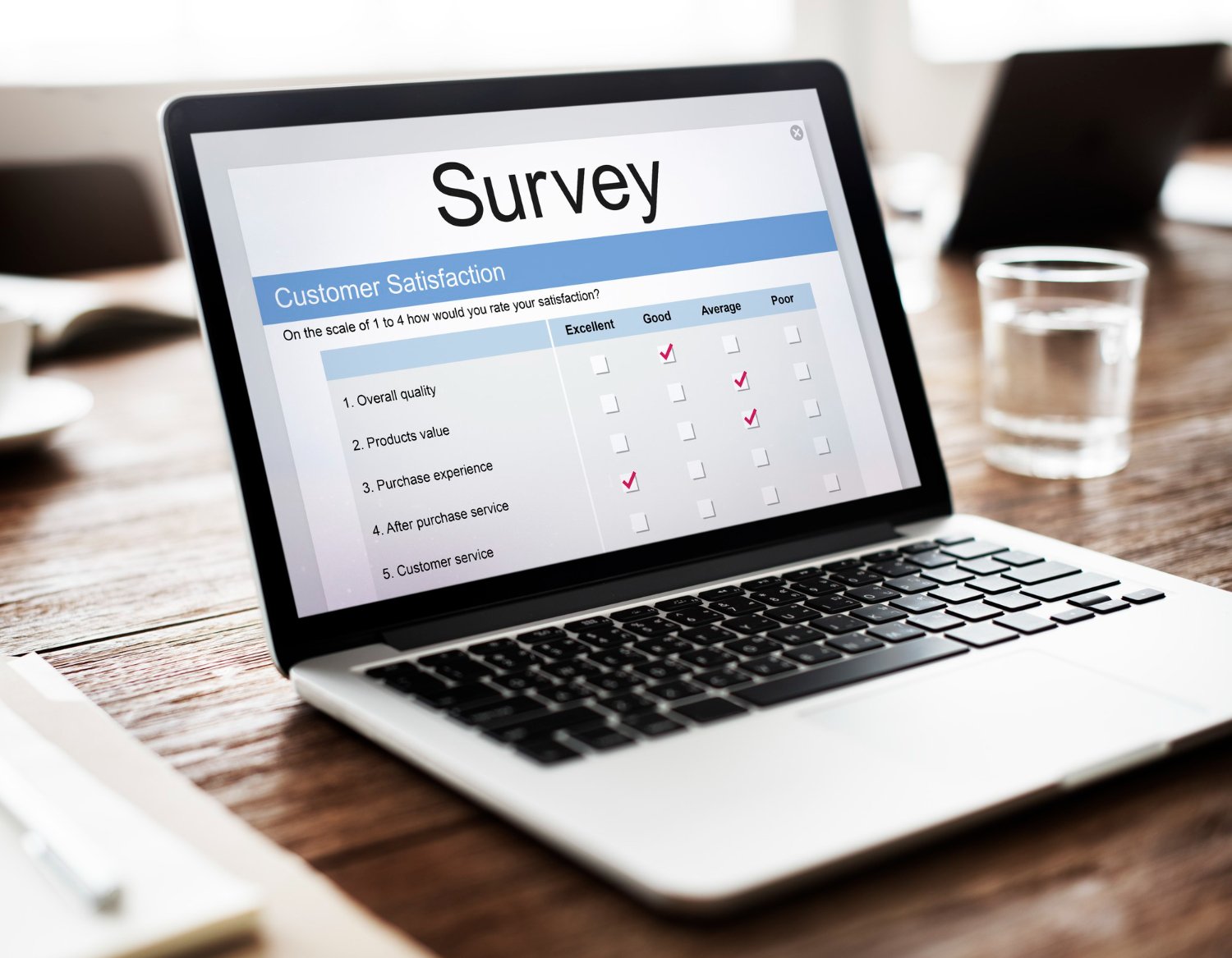Ecommerce businesses often fail to use customer feedback, even though it can be valuable. This piece shows how feedback builds trust and shapes buying decisions, while also revealing gaps in products and services. Smart online retailers know this value and build complete systems to learn from customers at every step.
The best ecommerce brands do more than just collect feedback, they ask for opinions through well-timed surveys, reviews, and support chats. They watch social media and talk to customers after purchases, making it easy to give feedback and protect customer privacy while avoiding questions that might twist the results.
Getting feedback is just the first step. Top companies turn customer opinions into real business improvements through careful analysis, spotting common themes and using tools to understand customer feelings. Teams work together to quickly fix the most important issues.
The ACAF framework turns scattered customer insights into valuable assets. Companies that communicate the changes they’ve made build lasting trust, often leading to significantly higher satisfaction ratings.
Ecommerce companies that become skilled at handling feedback gain significant advantages. They may see their revenue grow twice as fast as others in the industry, while also keeping their customers happy enough to pay for better experiences. Companies that ignore customer opinions face quick problems, as one in three shoppers spend less after just one bad experience.
Customer feedback does more than help service teams—it drives product development, marketing, and overall growth. Companies with strong feedback systems can adapt quickly to customer needs and thrive in the competitive digital landscape.





